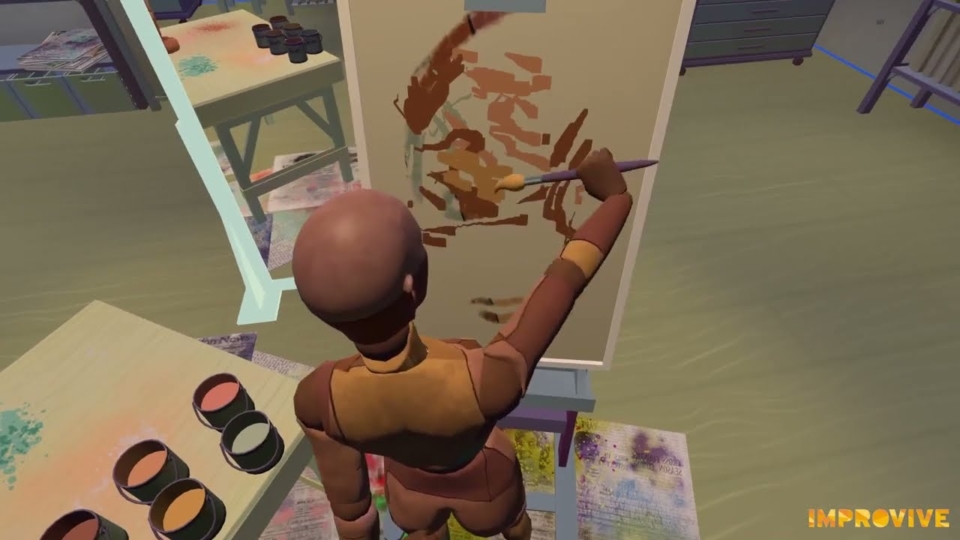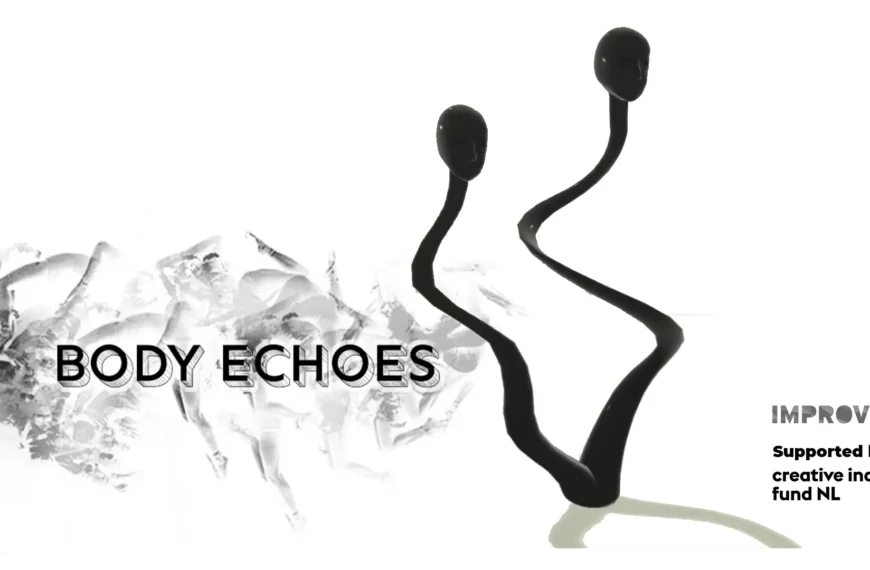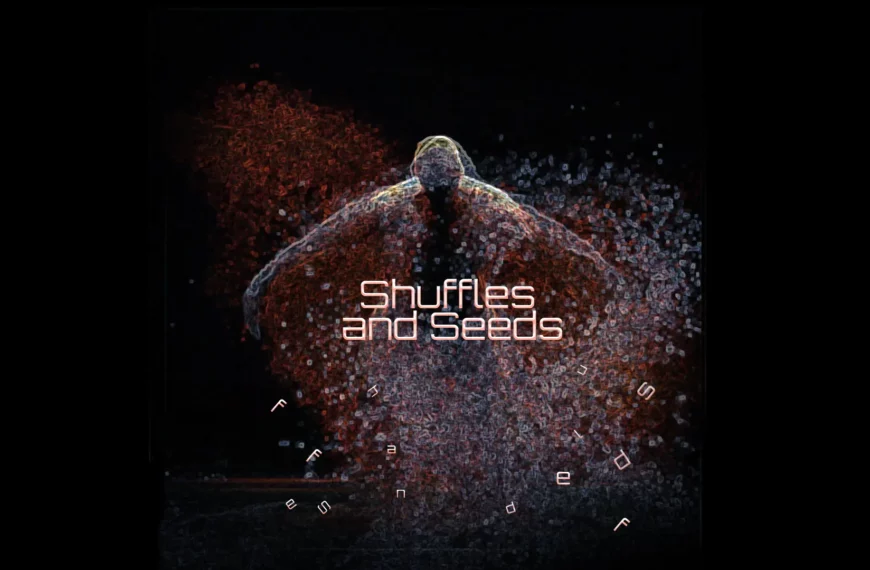Strings Attached gaat over controle and identiteit in VR. Hoe verandert je gevoel van belichaming en immersie wanneer iemand anders controle krijgt over je bewegingen of beïnvloedt hoe je eruit ziet?
We spelen al een aantal jaar met embodiment in VR, en vragen ons af of het mogelijk is om langzaam de controle over te nemen van iemands avatar zonder dat deze zijn gevoel van aanwezigheid in VR verliest. We willen onderzoeken of we een gevoel van harmonie en flow kunnen bereiken voor de speler die wordt bestuurd, bespeeld, of dat dit leidt tot weerstand en conflict. We gaan een aantal ervaringen creëren om deze ideeën te toetsen.
Strings Attached legt een link met de metafoor van de marionet. Net zoals Pinnochio, leven we onder de indruk dat we een eigen wil en keuze vrijheid hebben, maar hebben we onszelf werkelijk bevrijd van alle invloeden van buiten? We gaan er vaak vanuit dat we ons “niet hoeven te verbinden” en vrij zijn te doen wat we willen, maar ons leven wordt gestuurd door allerlei conventies, onze identiteit wordt bepaald door zoveel zaken buiten onze directe invloedssfeer. Laten we deze vragen en verwachtingen verkennen met de hulp van Virtual Reality. Meer inzicht in deze mechanismen stelt ons in staat om interessantere interactieve ervaringen en verhalen te creëren.
We tested these concepts in several prototypes and explored how this affects embodiment and identity. Strings Attached used an asymmetric play situation where one person was wearing a VR headset and the other player used a computer’s controls to influence the VR player’s avatar.
In the Puppet Master experiments we looked at direct control of the VR player’s avatar, first using a controller, and then by using their voice. We first focused on taking partial control of an avatar’s arms. We ended up using a game controller for the needed nuance. For our tests we created an artist atelier as a 3D environment, and the avatar was inspired by a marionette. We first explored what happened when the VR player had no defined goals. Then we introduced a canvas and a paintbrush to provide a mutual purpose. After some tries, we also added the start of a painting to state a clearer goal. We observed that it takes time for each of the players to create a playful dialogue instead of a conflict of interests. Not everyone had this patience. The canvas allowed for clearer feedback on the impact of control. It also showed how new ways of conflict could be introduced by the asymmetric nature of each player’s role.
For the voice projection we visualized the non-VR player’s voice on the VR player’s avatar. The non-VR player was afforded a lot of control by being able to pause the animations by just being quiet. As a follow-up step, we added more interactivity for the VR player, by allowing them to echo certain words both visually and through audio.
In the Dissociative Mirror we played with the concept of time and delay between the VR-player’s avatar and its mirror image. We found the most interesting interaction was allowing the non-VR player to play with time. We experimented with reflections that were animated in slow-motion, with delay, or fast forward, all using the real-time movements of the VR player to create these projections. The VR players quickly felt comfortable in playing with these different modes. Interesting in all the mirror experiments was that the identification of the VR player with the mirror image can change or flip depending on the delay.
Een uitgebreid verslag in het Engels vind je op onze Medium Blog.
Strings Attached is een onderzoeksproject dat ondersteund wordt door Stimuleringsfonds Creatieve Industrie, binnen het programma Experiment.
Here you can find our related artistic projects


